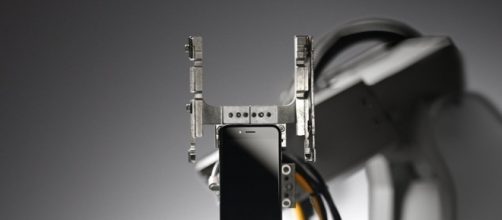Apple has recently made available its Environmental Responsibility Report, in which the company said that it wanted to end reliance on “the mining of finite resources” in favor of renewable energy or “recycled material”. Lisa Jackson, Apple’s vice president of environment policy and social initiatives, told Vice News that the company was actually doing something they rarely do, which is announce a goal before they have completely figured out how to do it.
Apple’s renewable energy plan
Throughout the fiscal year of 2016, 96 percent of the electricity used in Apple’s corporate facilities originated from clean and renewable resources.
The company has been working on eliminating its carbon footprint, the report says, which is why it is now focusing on aluminium. The emission association with aluminium manufacturing across all of Apple’s products represented up to 30 percent of the company’s manufacturing carbon footprint. Apple saved 55 million kilowatt-hours of energy, equal to the electricity needed to run 4,500 homes for a year. The report also says that iMessage, FaceTime, and Apple’s Artificial Intelligence assistant Siri, are now being handled by data servers that run on 100 percent renewable energy.
From the least green to the most eco-friendly
It is hard to imagine that Apple once was labelled the least green-friendly by Greenpeace in 2011 for its dirty data centers.
Only less than five percent of its electricity was running on clean energy, and the rest was fueled by coal-driven electricity plants and nuclear-driven plants. Now the company is trying to find new ways to make sure that their old materials are reused, recycled, and composted or converted into energy. Apple said that it was creating recycling and composting programs to minimize the impact of the waste produced. In 2016, the company generated about 21.6 million pounds of waste, 28.2 million pounds of which were recycled and some 13.7 million pounds were composted via a food scraps recovery program. It is committed in bringing 4 gigawatts of renewable power online by 2020.
Rare metals in your smartphones
Apple Renew, the company’s recycling program, has been put in place so that customers are able to return their products to be further recycled. With the help of Liam the disassembly robots, Apple has successfully melted down iPhone 6 aluminium closures to make Mac mini computers. The company said that it was pioneering a “closed-loop supply chain”, meaning that products are made using only renewable resources or recycled material. In their testing lab, chemists and toxicologists are looking for any potentially harmful substances in the products, which the company discloses through its Full Material Disclosure program. There are now 20,000 individual components, up from 10,000 a year prior, in that list.

